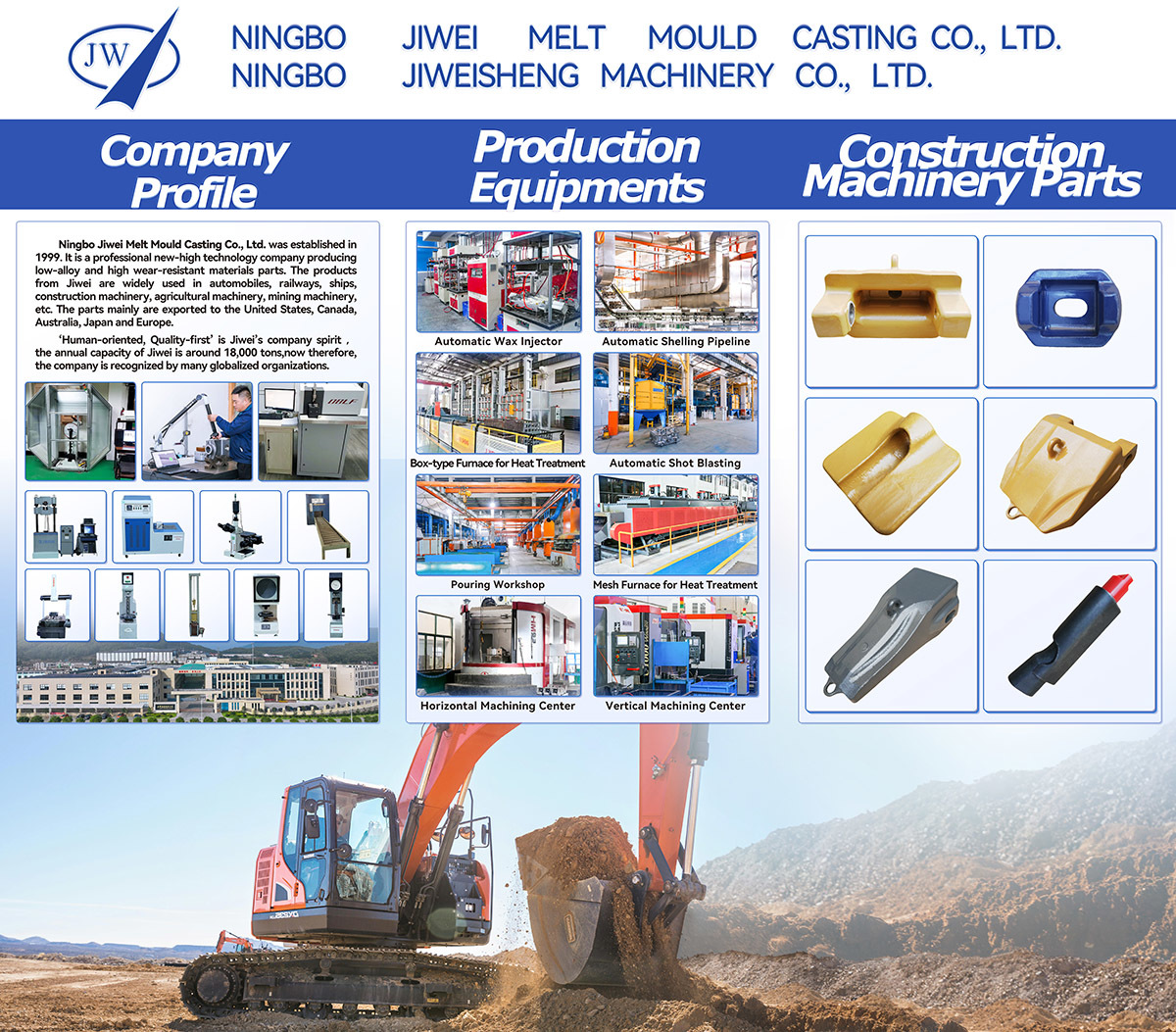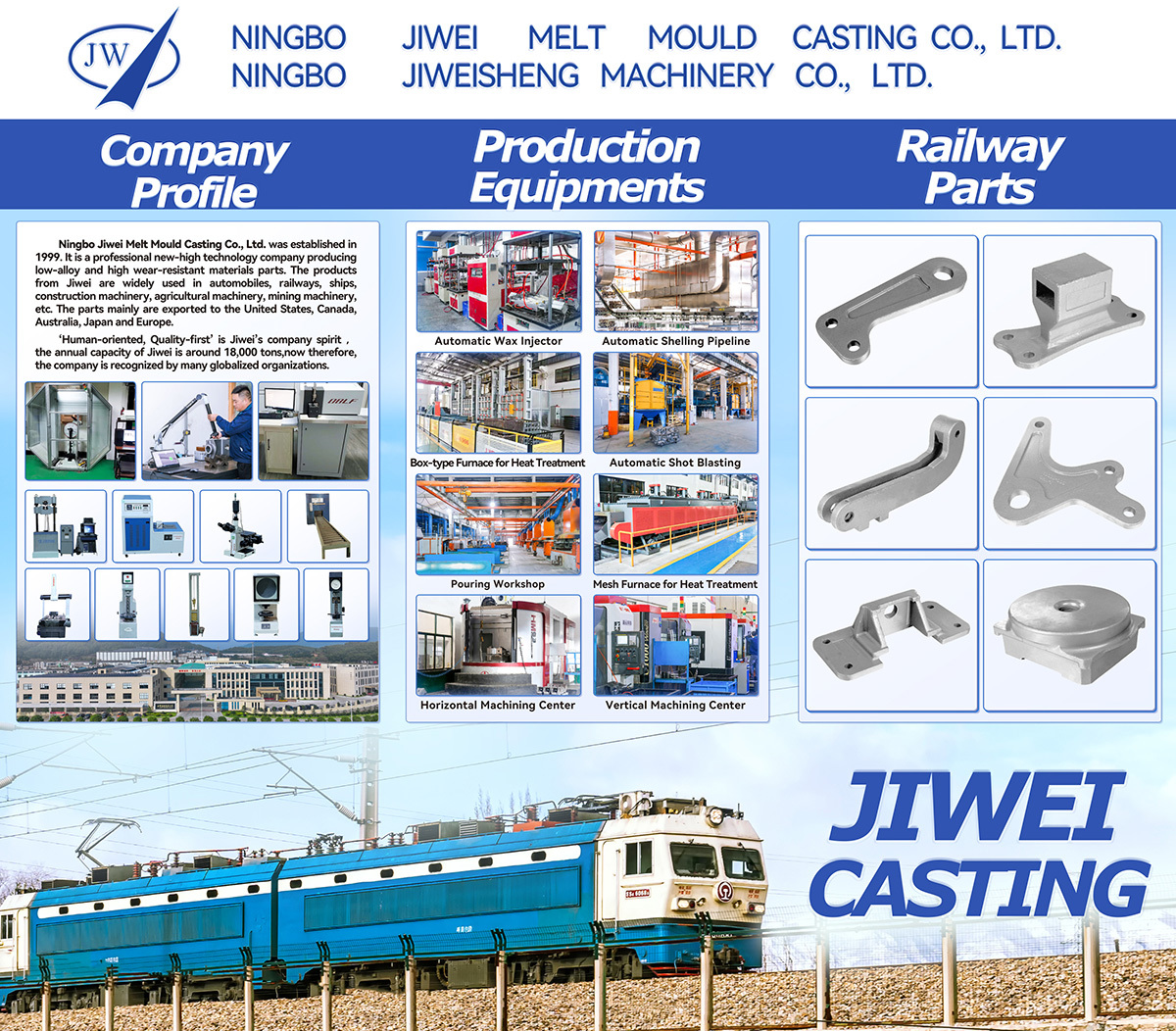04 Nov,2025
Unlocking Structural Integrity: The Essential Function of Steel Gusset Plates in Construction
Unlocking Structural Integrity: The Essential Function of Steel Gusset Plates in Construction Table of Contents Introduction to Steel Gusset Plates What Are Steel Gusset Plates? Importance of Steel Gusset Plates in Structural Design Materials Used in Steel Gusset Plates Design Considerations for Gusset Plates Installation Techniques for Steel Gusset Plates Maintenance
Unlocking Structural Integrity: The Essential Function of Steel Gusset Plates in Construction
Table of Contents
- Introduction to Steel Gusset Plates
- What Are Steel Gusset Plates?
- Importance of Steel Gusset Plates in Structural Design
- Materials Used in Steel Gusset Plates
- Design Considerations for Gusset Plates
- Installation Techniques for Steel Gusset Plates
- Maintenance and Inspection of Gusset Plates
- Common Applications of Steel Gusset Plates
- The Future of Steel Gusset Plates in Construction
- Frequently Asked Questions
- Conclusion
Introduction to Steel Gusset Plates
In the world of construction, the structural integrity of buildings and bridges is paramount. To achieve this integrity, engineers and architects employ a variety of materials and designs. Among these, **steel gusset plates** play a crucial role in ensuring stability and strength. These plates, often overlooked, are foundational elements that contribute significantly to the overall performance of structures.
This article aims to delve deeply into the significance of steel gusset plates, discussing their definition, materials, design, installation, maintenance, and future prospects.
What Are Steel Gusset Plates?
Steel gusset plates are flat pieces of steel used to connect beams, columns, or trusses in a variety of structures. They come in various shapes and sizes, depending on their application and the type of load they must bear. Typically, these plates reinforce joints, helping to distribute loads evenly and enhance the overall structural stability.
The use of gusset plates can be traced back to early engineering practices, and they remain a staple in modern construction. Their ability to provide support and rigidity makes them an essential component in both residential and commercial projects.
Importance of Steel Gusset Plates in Structural Design
The importance of steel gusset plates cannot be overstated. They serve multiple functions that are crucial for structural integrity:
1. Load Distribution
Gusset plates help in distributing loads from one structural member to another. By effectively transferring forces, they prevent localized failures that could compromise the entire structure.
2. Increased Stability
These plates enhance the stability of structures by creating rigid connections between different parts. This increased stability is essential, especially in areas with high wind or seismic activity.
3. Flexibility in Design
Steel gusset plates offer architects and engineers the flexibility to create innovative designs. Their adaptability allows for various configurations, accommodating unique structural requirements.
4. Cost-Effectiveness
Utilizing gusset plates can lead to significant cost savings in construction. They reduce the need for additional materials and simplify the assembly process, allowing for quicker project completion.
Materials Used in Steel Gusset Plates
Steel gusset plates are primarily made from various grades of steel, selected based on their tensile strength and corrosion resistance. The common materials used include:
1. Mild Steel
Mild steel is often employed for its malleability and weldability, making it suitable for various applications.
2. High-Strength Low-Alloy Steel
Used for its enhanced strength-to-weight ratio, high-strength low-alloy steel provides additional durability without adding unnecessary weight.
3. Stainless Steel
In environments prone to corrosion, stainless steel gusset plates are favored for their resistance to rust and degradation.
4. Weathering Steel
Weathering steel is designed to develop a rust-like appearance, which protects the underlying steel from further corrosion. It is a popular choice for outdoor structures.
Design Considerations for Gusset Plates
When designing steel gusset plates, several factors must be taken into account to ensure they perform as intended:
1. Load Calculations
Accurate load calculations are critical. Engineers must analyze the forces acting on the joints to determine the appropriate size and thickness of the gusset plates.
2. Joint Configuration
The configuration of the joints where gusset plates will be used influences their design. Engineers must consider how the plates will interact with other structural components.
3. Welding and Fastening Methods
The methods used to attach gusset plates to other members greatly impact their effectiveness. Choosing the right welding or fastening technique is essential for structural integrity.
4. Aesthetic Considerations
In some projects, the visual appeal of gusset plates is important. Designers may opt for decorative finishes or shapes that complement the overall architecture.
Installation Techniques for Steel Gusset Plates
Proper installation is crucial for the functionality of steel gusset plates. Here are some common techniques:
1. Welding
Welding is a prevalent method for attaching gusset plates to structural members. It provides a strong, permanent bond and is often preferred in heavy-duty applications.
2. Bolting
In situations where welding is impractical, bolting can serve as an effective alternative. This method allows for easier adjustments and disassembly if necessary.
3. Riveting
Though less common in modern construction, riveting can still be used in specific applications. It creates a secure connection and is typically employed in historical restorations.
4. Pre-Assembly
In some cases, gusset plates can be pre-assembled with other components off-site, allowing for quicker on-site assembly. This technique can enhance project efficiency.
Maintenance and Inspection of Gusset Plates
To ensure the longevity and performance of steel gusset plates, regular maintenance and inspection are essential:
1. Routine Inspections
Conducting routine inspections helps identify potential issues, such as cracks or corrosion, before they escalate.
2. Cleaning
Removing debris and contaminants from the surface of gusset plates can prevent corrosion and enhance their lifespan.
3. Repairing Damage
Any signs of damage, such as rust or structural deformation, should be addressed immediately to maintain integrity.
4. Re-evaluation of Load Conditions
As structures age, load conditions may change. Regularly re-evaluating these conditions ensures that gusset plates continue to perform effectively.
Common Applications of Steel Gusset Plates
Steel gusset plates find applications across various sectors within construction:
1. Bridges
In bridge construction, gusset plates are essential for connecting truss components, providing the necessary strength to withstand dynamic loads.
2. Commercial Buildings
In commercial structures, gusset plates are used to reinforce connections between beams and columns, ensuring overall stability.
3. Industrial Facilities
Heavy machinery and equipment in industrial facilities often require reinforced connections, making gusset plates vital for safety.
4. Residential Construction
In residential projects, these plates can support roof trusses, enhancing the strength and durability of homes.
The Future of Steel Gusset Plates in Construction
As technology advances, the future of steel gusset plates looks promising. Innovations in material science and engineering techniques will likely lead to even more efficient designs and applications. The trend toward sustainable construction practices may also see the use of eco-friendly materials, further enhancing the role of gusset plates in modern building strategies.
Frequently Asked Questions
1. What is the primary function of steel gusset plates?
Steel gusset plates are primarily used to connect structural members, providing additional strength and stability to joints.
2. How are gusset plates designed?
Gusset plates are designed based on load calculations, joint configurations, and the specific requirements of the structure.
3. What materials are gusset plates typically made from?
Gusset plates are often made from mild steel, high-strength low-alloy steel, stainless steel, or weathering steel, depending on the application.
4. How should gusset plates be maintained?
Routine inspections, cleaning, and timely repairs are essential for maintaining the effectiveness of gusset plates.
5. What are common applications of steel gusset plates?
Common applications include bridges, commercial buildings, industrial facilities, and residential construction.
Conclusion
In conclusion, steel gusset plates are vital components in modern construction, ensuring structural integrity and safety across various applications. Their role in load distribution, stability, and design flexibility makes them indispensable in the engineering and architectural fields. As construction practices continue to evolve, the significance of steel gusset plates will remain paramount, paving the way for innovations that further enhance their effectiveness in building robust and resilient structures.
Understanding the intricate details of steel gusset plates not only highlights their importance but also underscores the need for ongoing maintenance and careful consideration in design and installation. By prioritizing these factors, we can ensure that our structures stand the test of time.







